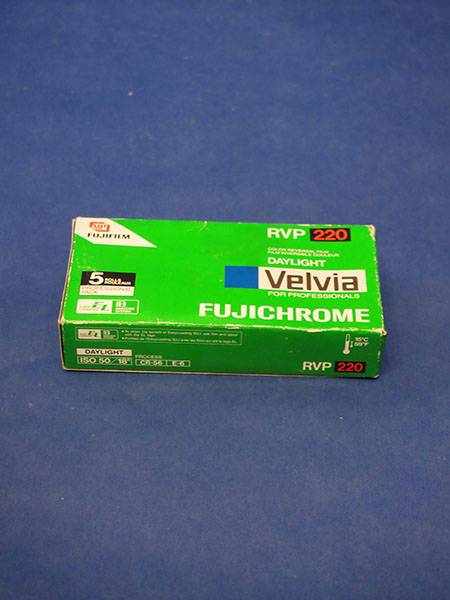![]() body | color | collections | commodity | cube | document | fabric | fetish | gender | glass | home | identity | living | machine | metal | minimal | mobility | narrative | olfactory | organic |
body | color | collections | commodity | cube | document | fabric | fetish | gender | glass | home | identity | living | machine | metal | minimal | mobility | narrative | olfactory | organic |
![]() pain | paper | plastic | plugs | power | protective | rectangular | ritual | round | sound | souvenir | spiritual | style | text-based | time | tool | touch | uniform | value | visual | warm | wood
pain | paper | plastic | plugs | power | protective | rectangular | ritual | round | sound | souvenir | spiritual | style | text-based | time | tool | touch | uniform | value | visual | warm | wood
| Photography: Fujichrome Velvia 5 pack | |||
Narrative: Up to 15 coats of light-sensitive ingredients onto a flexible plastic surface. The first step in the process is to grow microscopic silver halide crystals from silver nitrate and halide ions. After the crystals are grown in solution to a certain minimum size, they are separated and mixed into a gelatin base. This mixture is washed to remove sodium, potassium, and nitrate ions and the resulting silver halide/gelatin emulsion is chilled and allowed to gel. This emulsion is both light and temperature sensitive and must be carefully stored. The emulsion is later melted and the silver grains are coated with chemical agents, dyes, and solvent-based materials, like cellulose triacetate, and extruded materials, like polyethylene terephthalate to enhance sensitivity to certain wavelengths of light. In its molten form, the emulsion is coated onto a support structure, usually a polymeric film. This film was given to me at Fotocare from a box of expired film. This was what was left of the box. I've moved it from Brooklyn to storage to Queens to Manhattan and back to Brooklyn again.
|
 |
||
![]()
